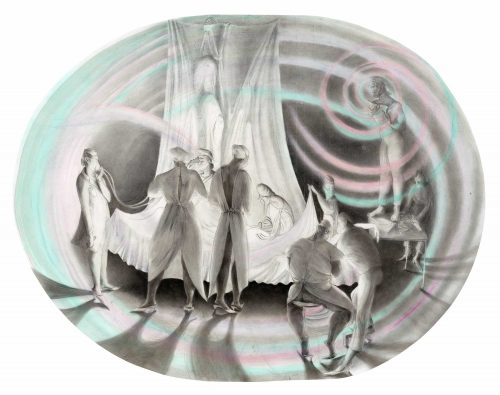
Alexandra Tretter
Bienenstich
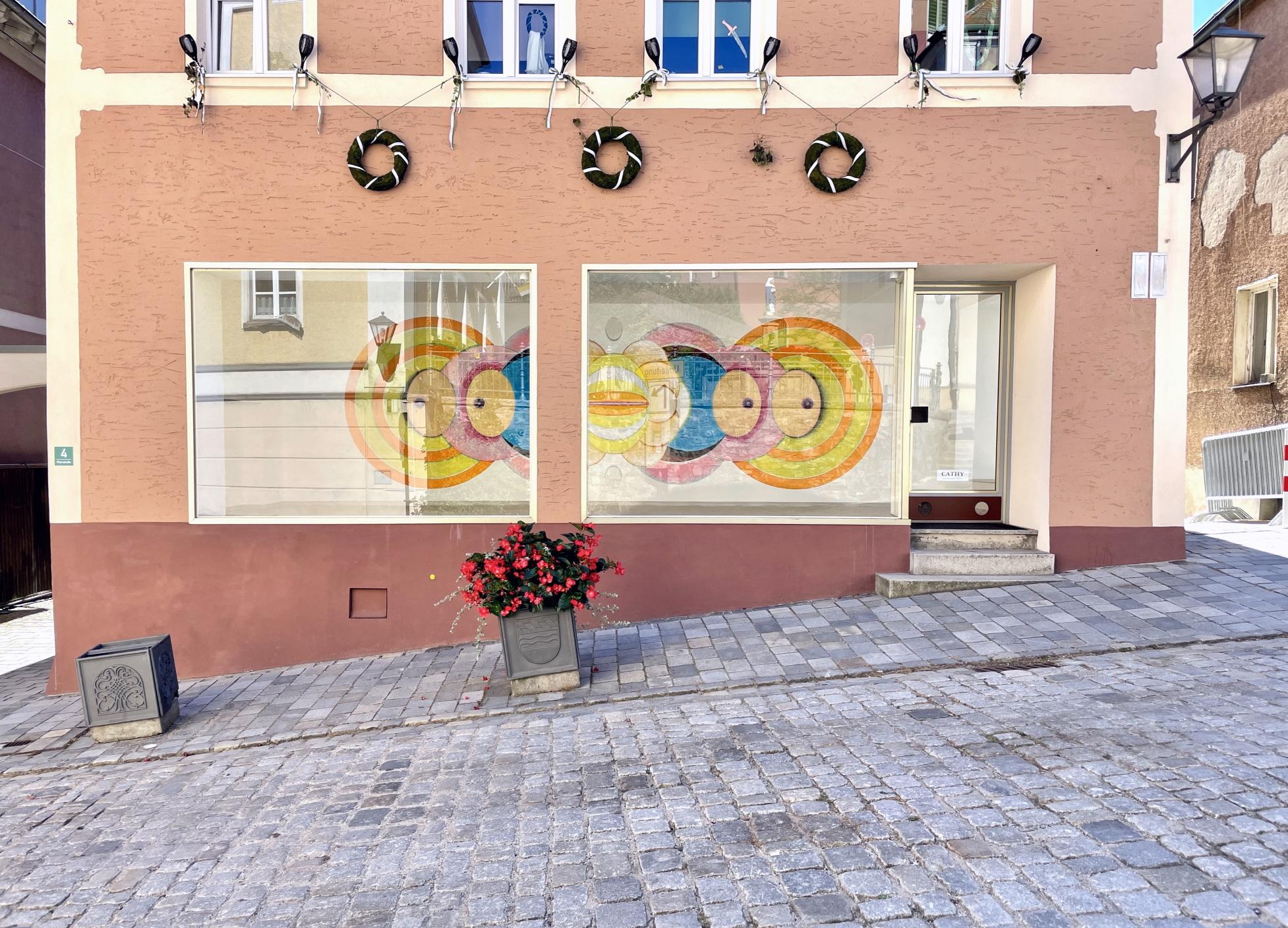
Exhibition view ‘Alexandra Tretter: Bienenstich‘ at Cathy
Advertisement
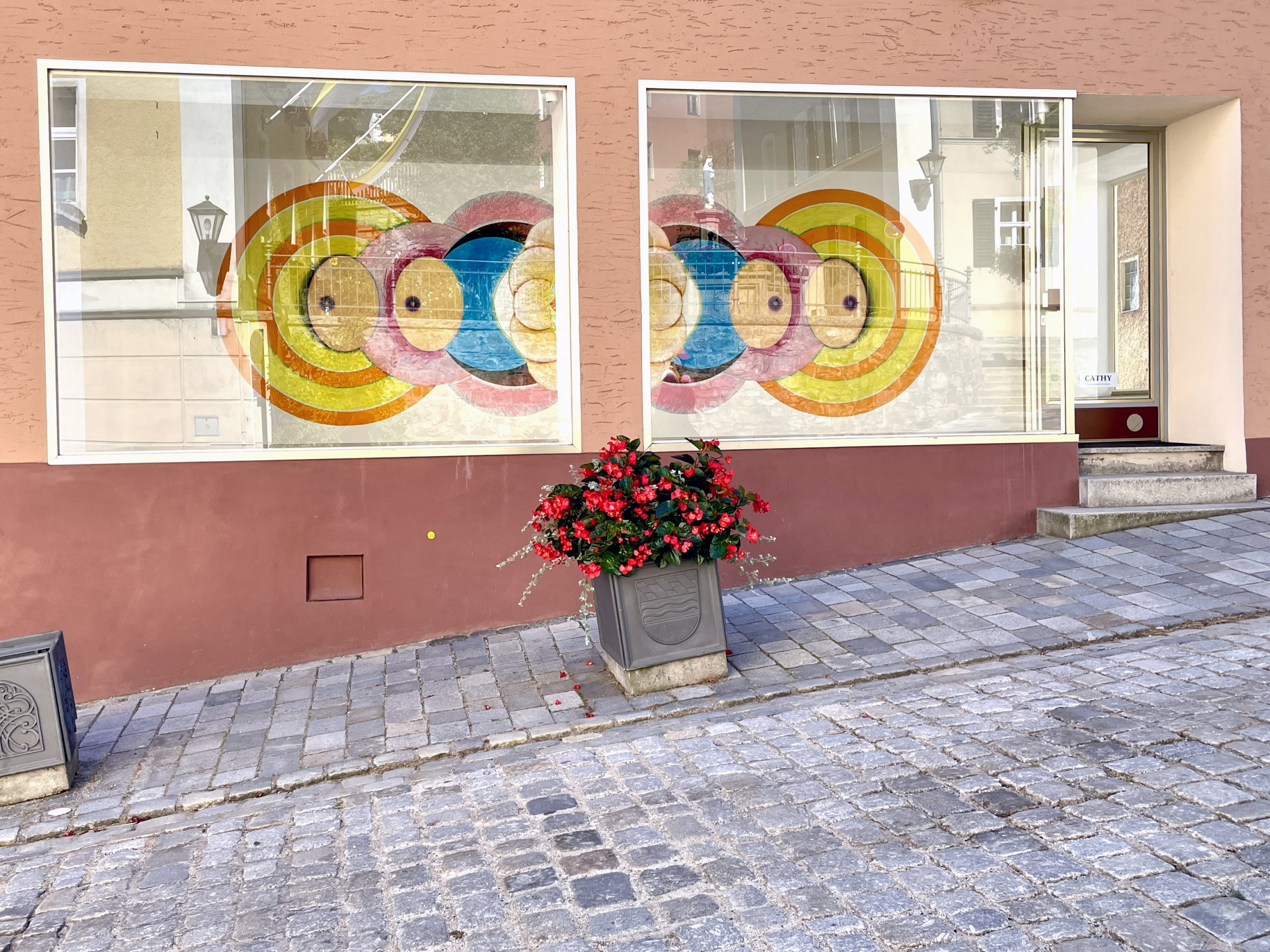
Exhibition view ‘Alexandra Tretter: Bienenstich‘ at Cathy
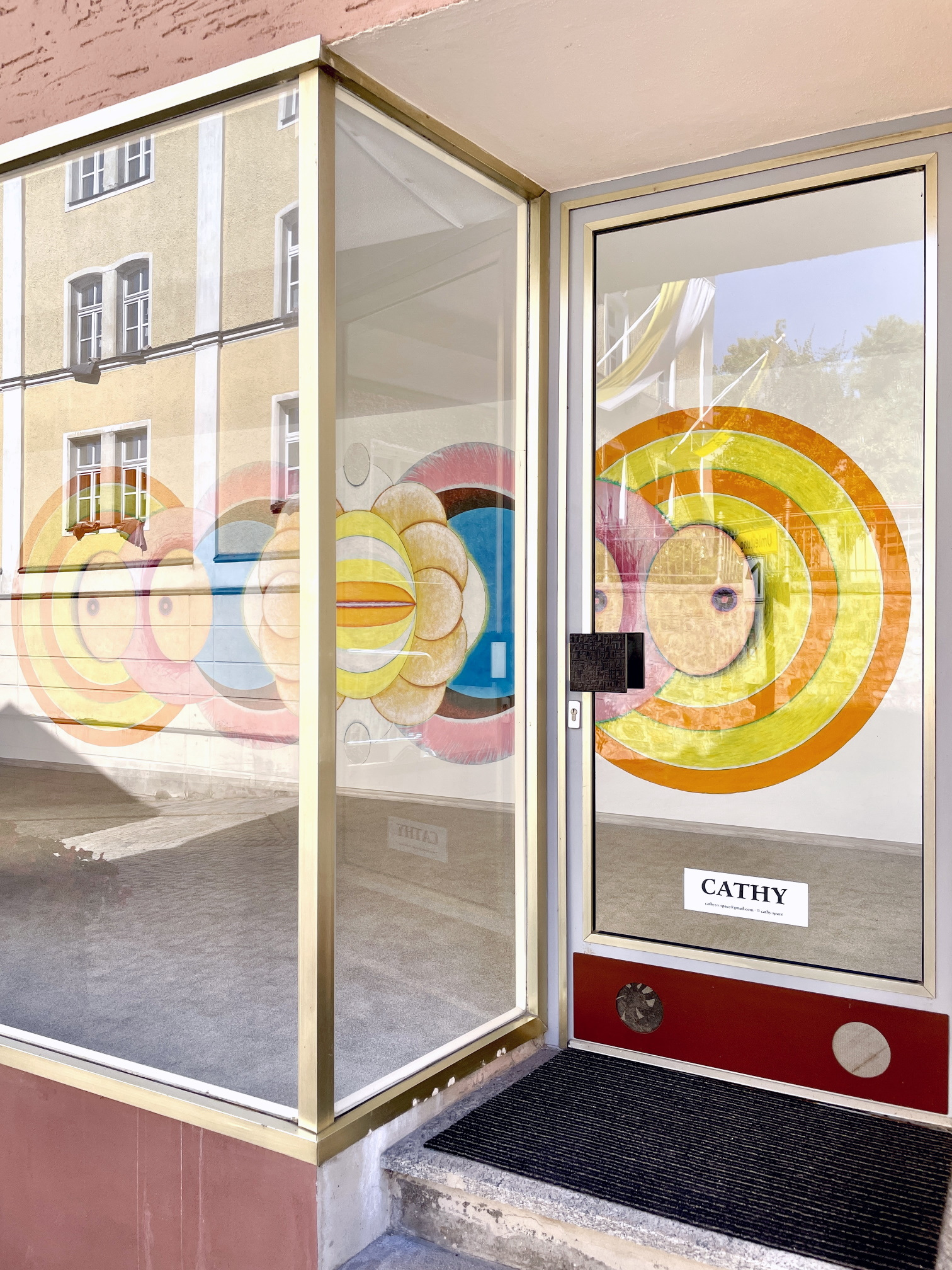
Exhibition view ‘Alexandra Tretter: Bienenstich‘ at Cathy
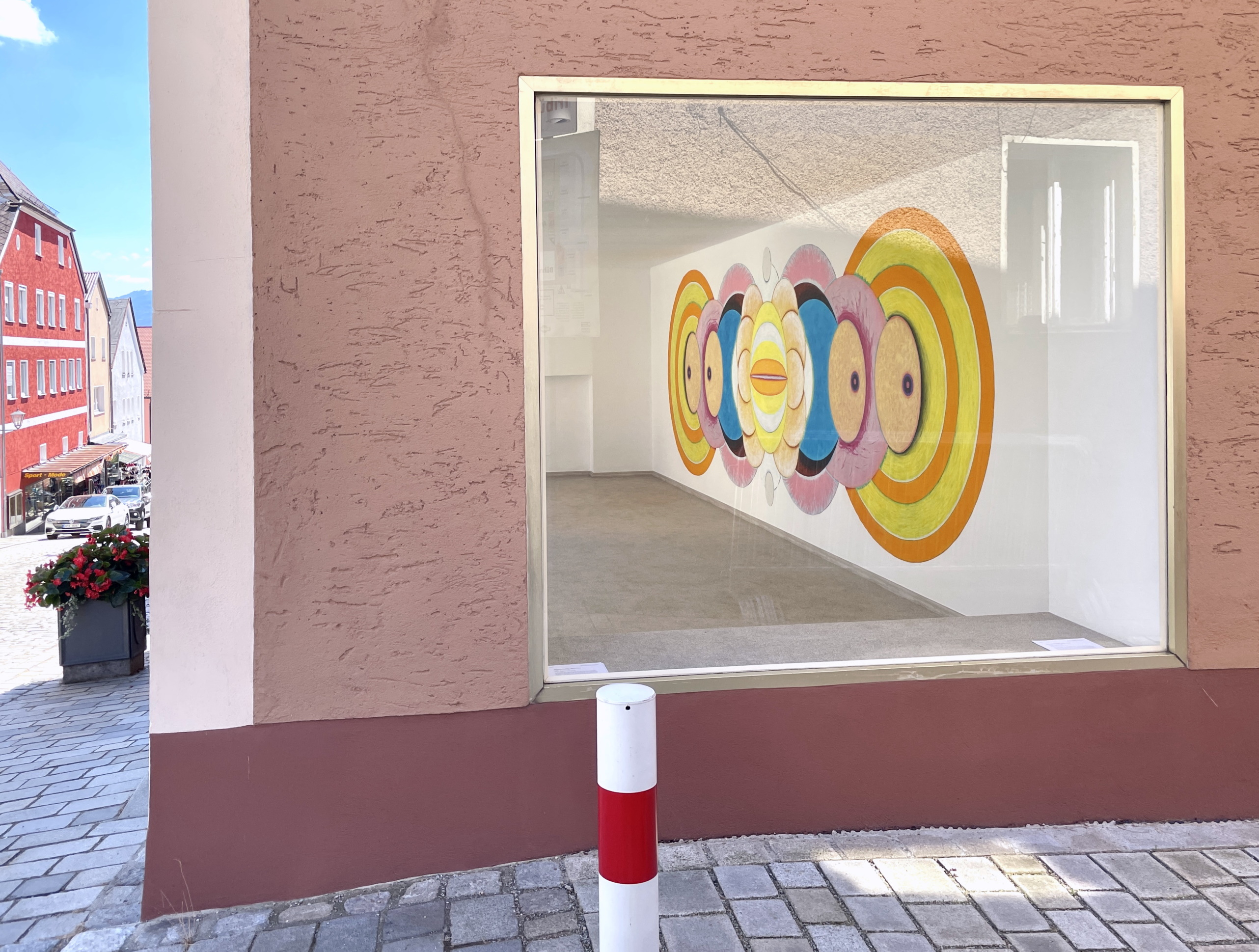
Exhibition view ‘Alexandra Tretter: Bienenstich‘ at Cathy

Exhibition view ‘Alexandra Tretter: Bienenstich‘ at Cathy
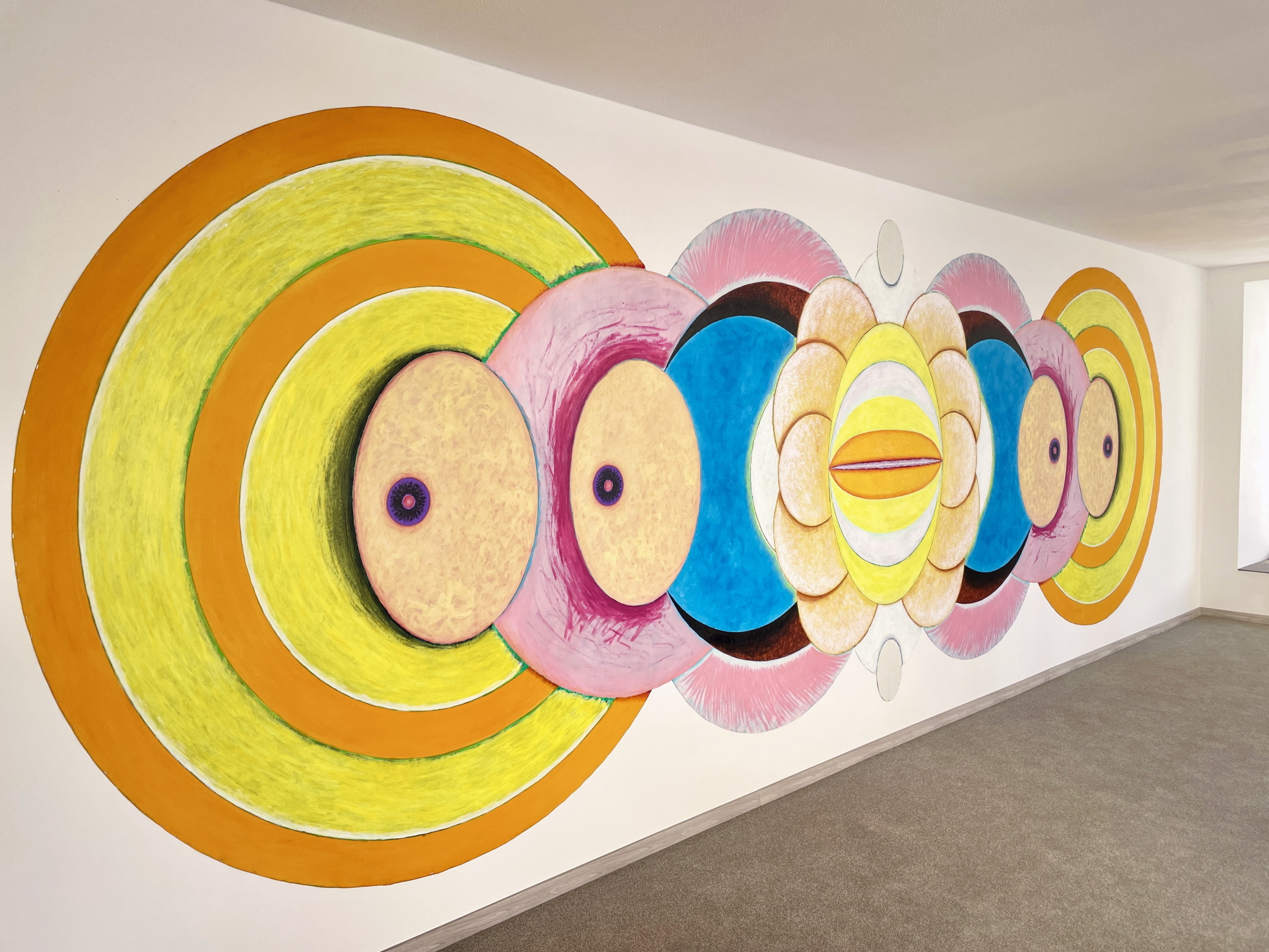
Exhibition view ‘Alexandra Tretter: Bienenstich‘ at Cathy
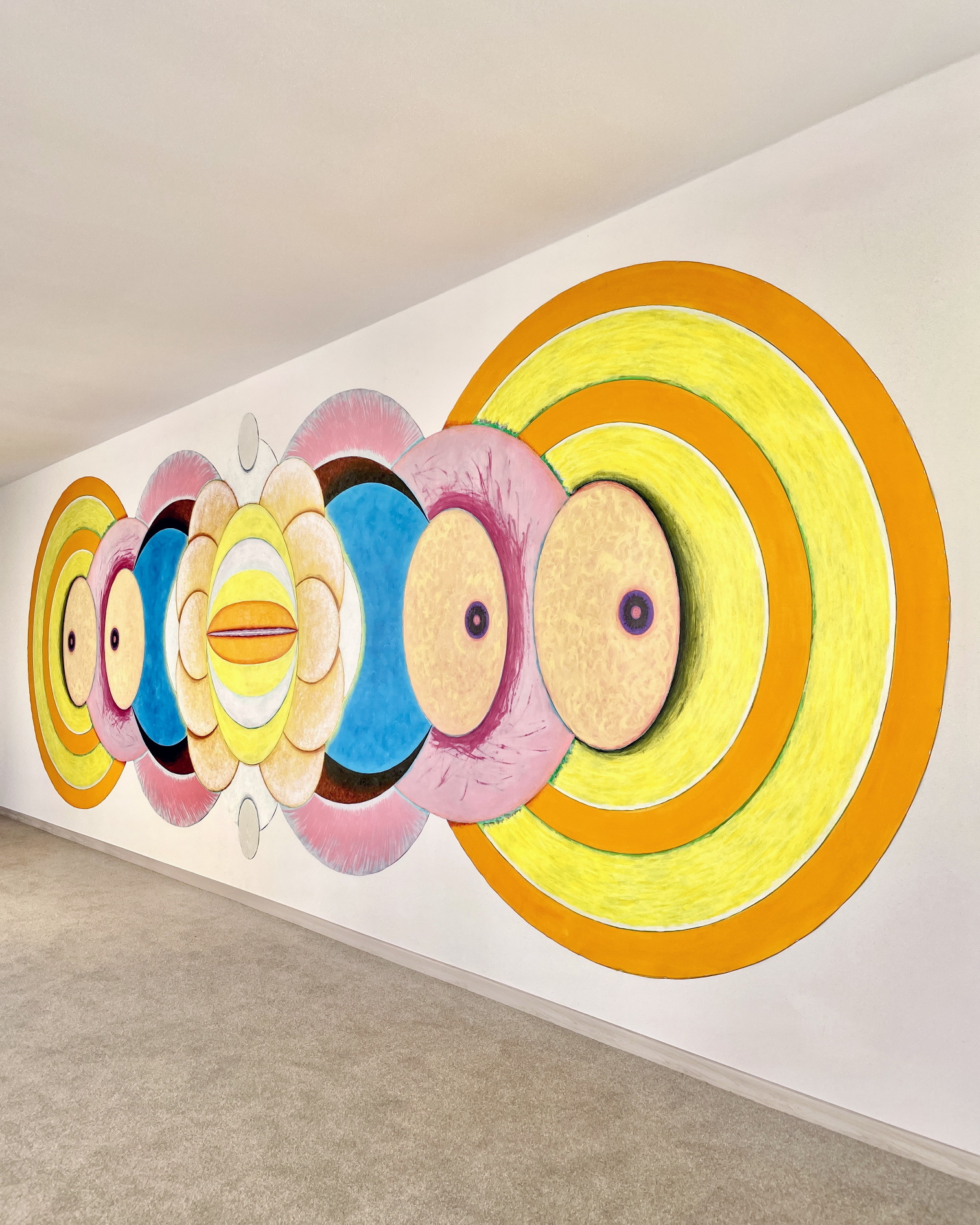
Exhibition view ‘Alexandra Tretter: Bienenstich‘ at Cathy

Exhibition view ‘Alexandra Tretter: Bienenstich‘ at Cathy
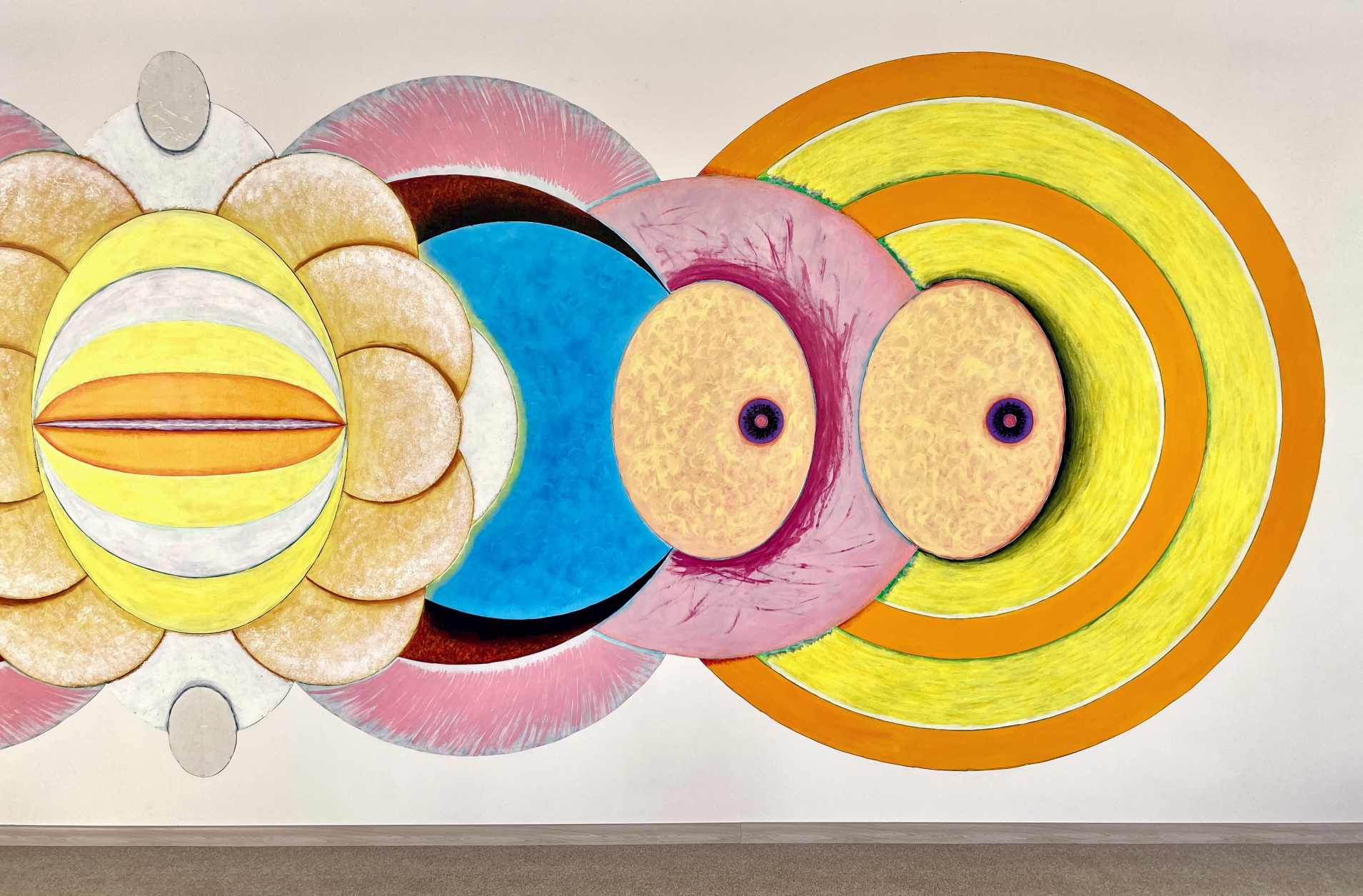
Exhibition view ‘Alexandra Tretter: Bienenstich‘ at Cathy
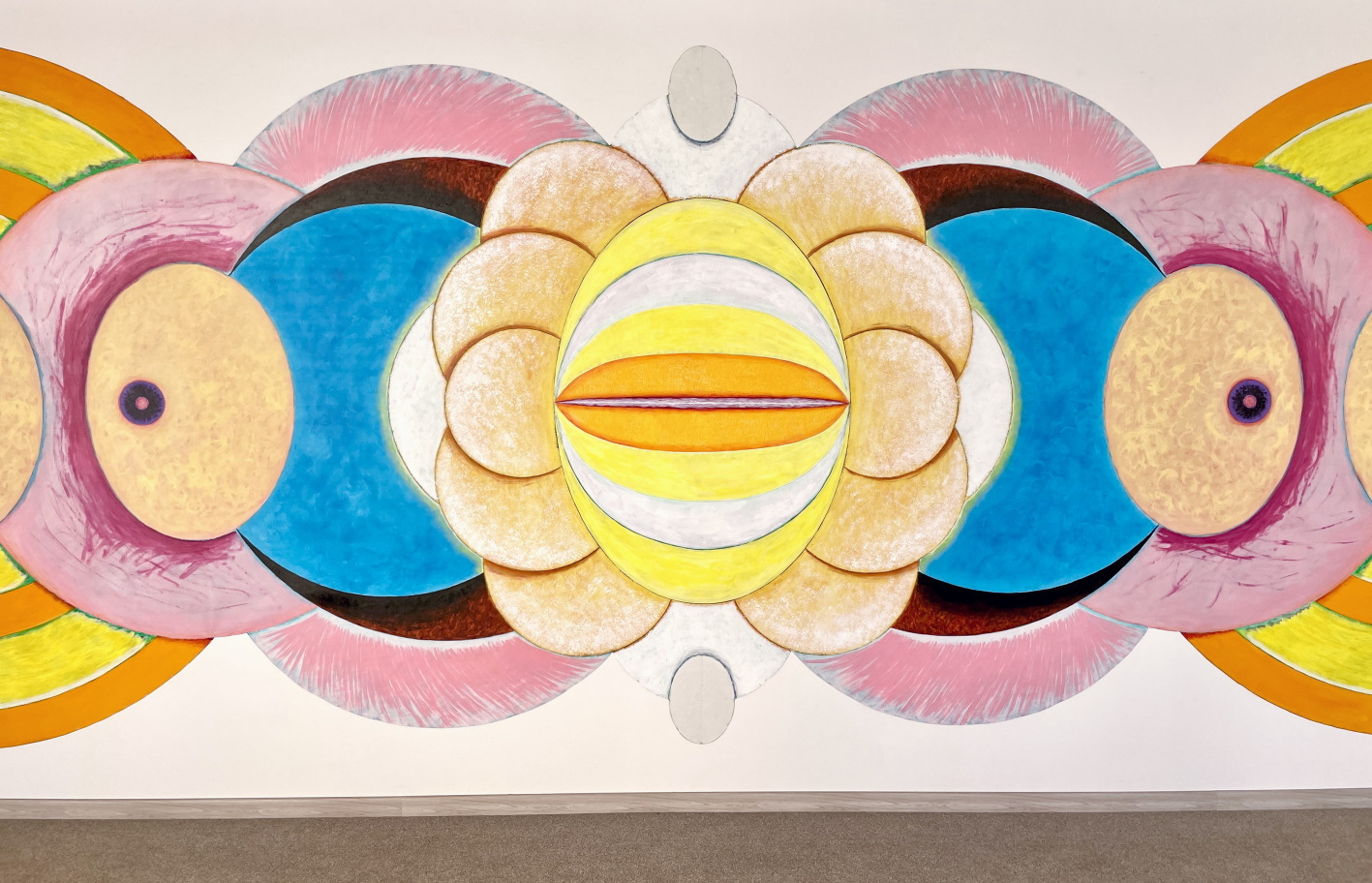
Exhibition view ‘Alexandra Tretter: Bienenstich‘ at Cathy
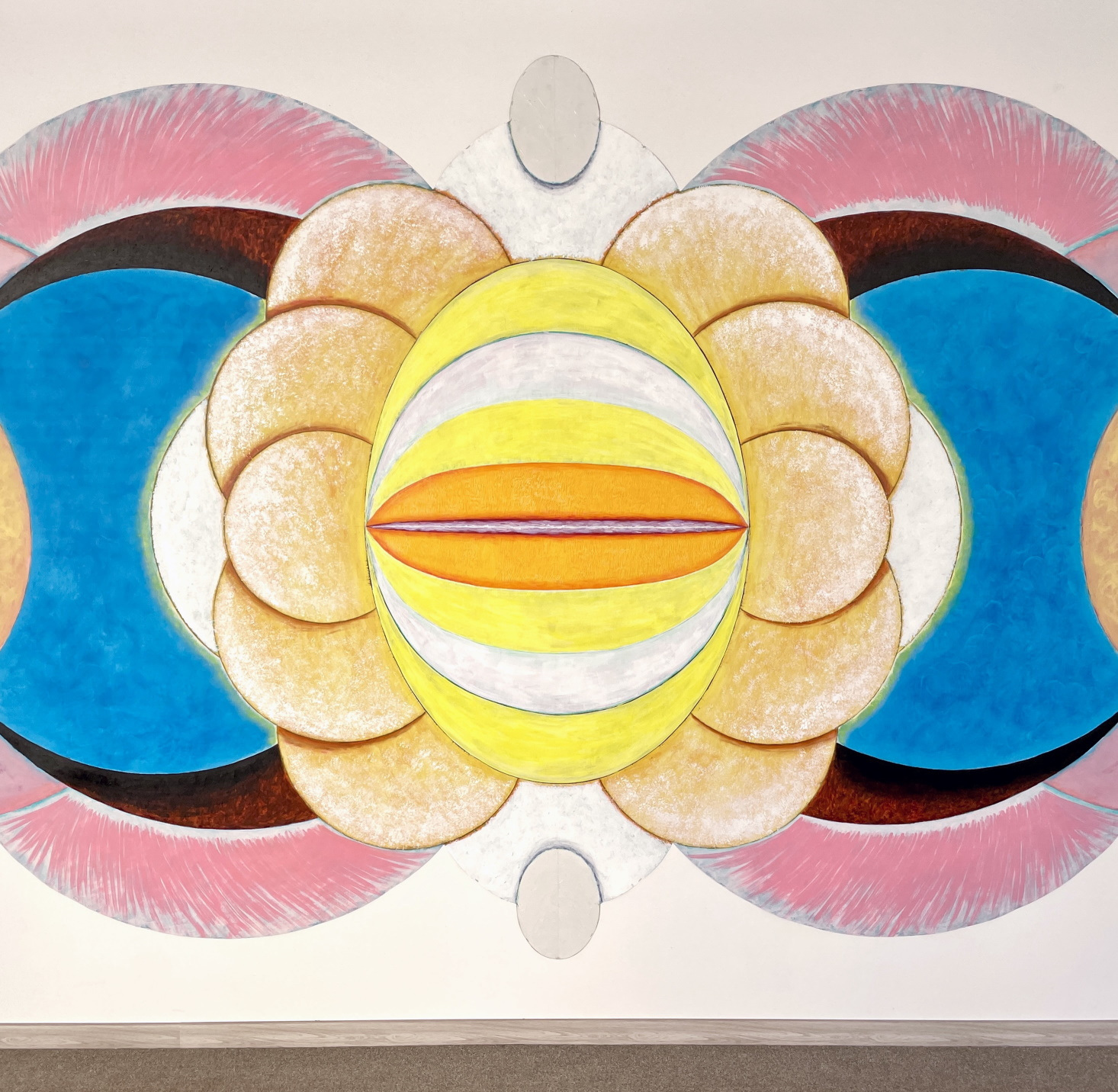
Exhibition view ‘Alexandra Tretter: Bienenstich‘ at Cathy

Alexandra Tretter: Bienenstich (Detail)
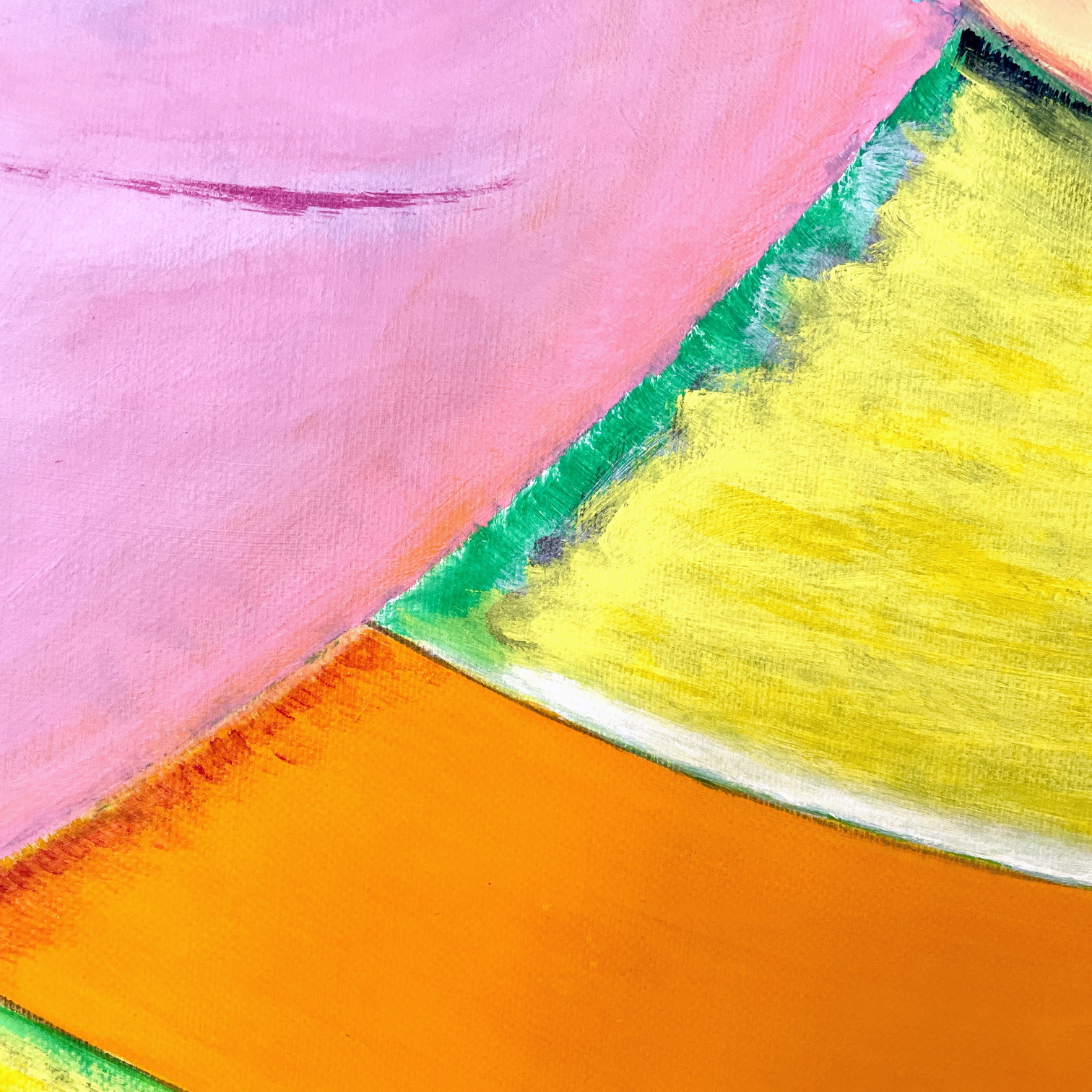
Alexandra Tretter: Bienenstich (Detail)

Alexandra Tretter: Bienenstich (Detail)

Alexandra Tretter: Bienenstich (Detail)
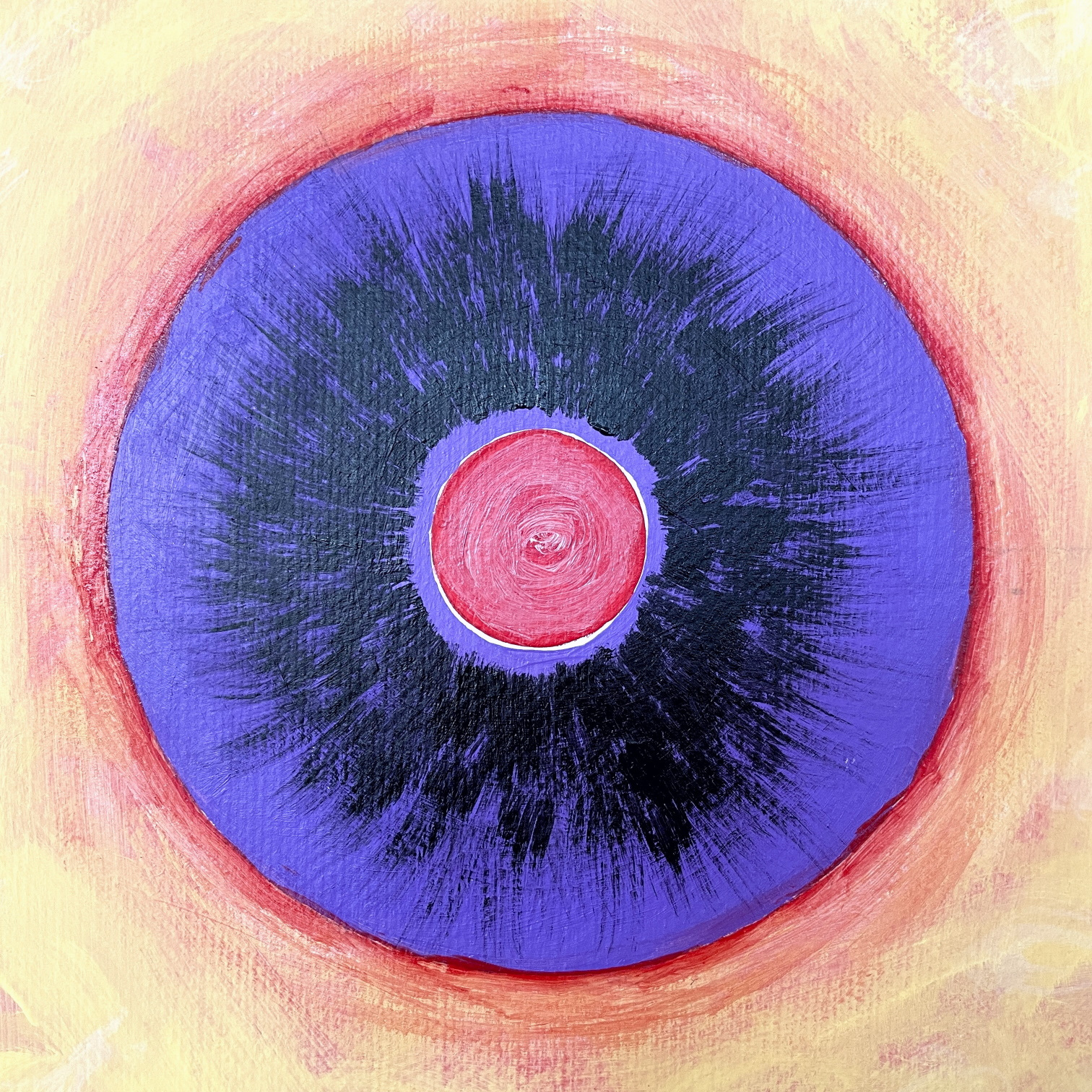
Alexandra Tretter: Bienenstich (Detail)
In her exhibition 'Bienenstich' (bee sting) at CATHY, Alexandra Tretter shows only one work, a painting. With its large format of 210 x 660 cm, this work – also entitled 'Bienenstich' – covers the long wall of the space almost completely. Made by the artist especially for the exhibition, the work is the first painting from a new series of large- and landscape-format cut-outs. At its centre is an oval, an elliptical shape reminiscent of an egg but also suggesting organs such as the mouth, the eye, or the vulva. Based on this shape, the artist expands her repertoire of forms into a symmetrical, kaleidoscopic spread.
Tretter paints from within the body, but she relates it to mental and psychological processes. Her paintings remind of anatomical cross-sections but also of the psychedelic repertoire of forms and the quest for freedom of the hippie era. Thus, the dualism between presence and dissolution, life and death, becomes comprehensible in Tretter's paintings.
The artist works with acrylic paint on canvases that are stapled to the wall. Since she also uses this form of presentation in the exhibitions of her works, i.e., she refrains from mounting them on stretcher frames, her paintings remain in an intermediate stage. They are neither panel paintings nor murals and defined by their in-between state. Inside CATHY, the immersive power of Tretter's 'Bienenstich' unfolds due to the limited surrounding space, which makes it impossible to step back further. Due to its monumental quality, however, the painting can be fully appreciated from the outside, through the large window fronts of the exhibition space.
The title 'Bienenstich' (bee sting) of the colorful painting brings the eponymous German cake to mind, but it also evokes the painful sting of a bee. In the summer months, while the exhibition is on display, bees buzz through the air and settle on the flowers not far from CATHY. Anyone stung by a bee absorbs its venom and often experiences not only physical reactions but also psychological effects. Thus, the dualism inscribed in Tretter's painting comes to light once more. The monotonous buzzing of a bee may sometimes have a calming effect, but the fear of a sting always remains present.
In Furth im Wald, the title 'Bienenstich' inevitably recalls the 'Drachenstich', Germany's oldest folk play. In 2022, it will be performed in the immediate vicinity and at the same time as the exhibition.
Alexandra Tretter (*1988 in Wolfen, DE, lives in Berlin, DE) studied visual art at the University of Fine Arts of Hamburg with Jutta Koether (2016-2020) and at the School of the Museum of Fine Arts in Boston in the US. From 2011 to 2015, she studied architecture at the Technische Universität Berlin. Her work has been exhibited internationally, among others at IKOB Museum Eupen, BE (solo exhibition 2021), Galerie Kirchgasse, Steckborn, CH (2021), at 14a, Hamburg, DE (solo exhibition 2021), Kunstverein Harburger Bahnhof, Hamburg, DE (2020), Kunstraum Bethanien, Berlin, DE (2019) and at ENSBA, Paris, FR (2019).
Cathy Stewart



